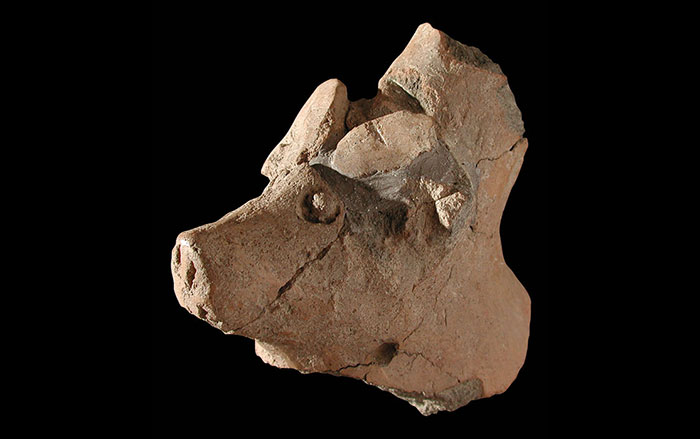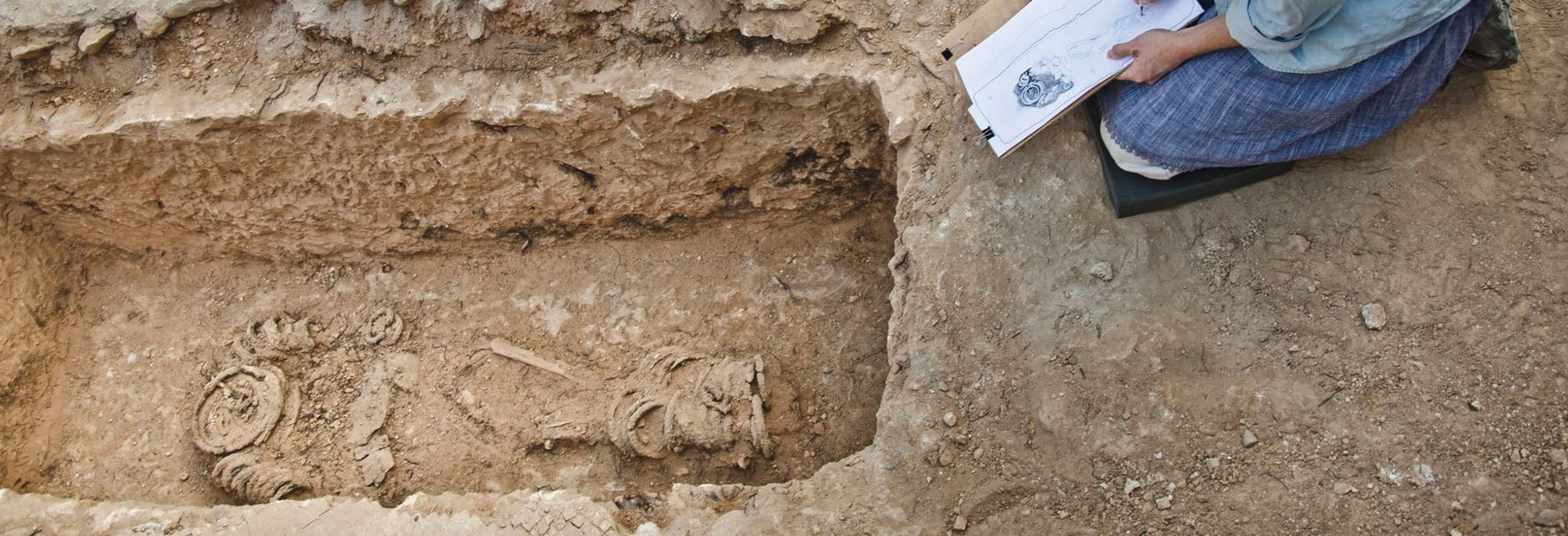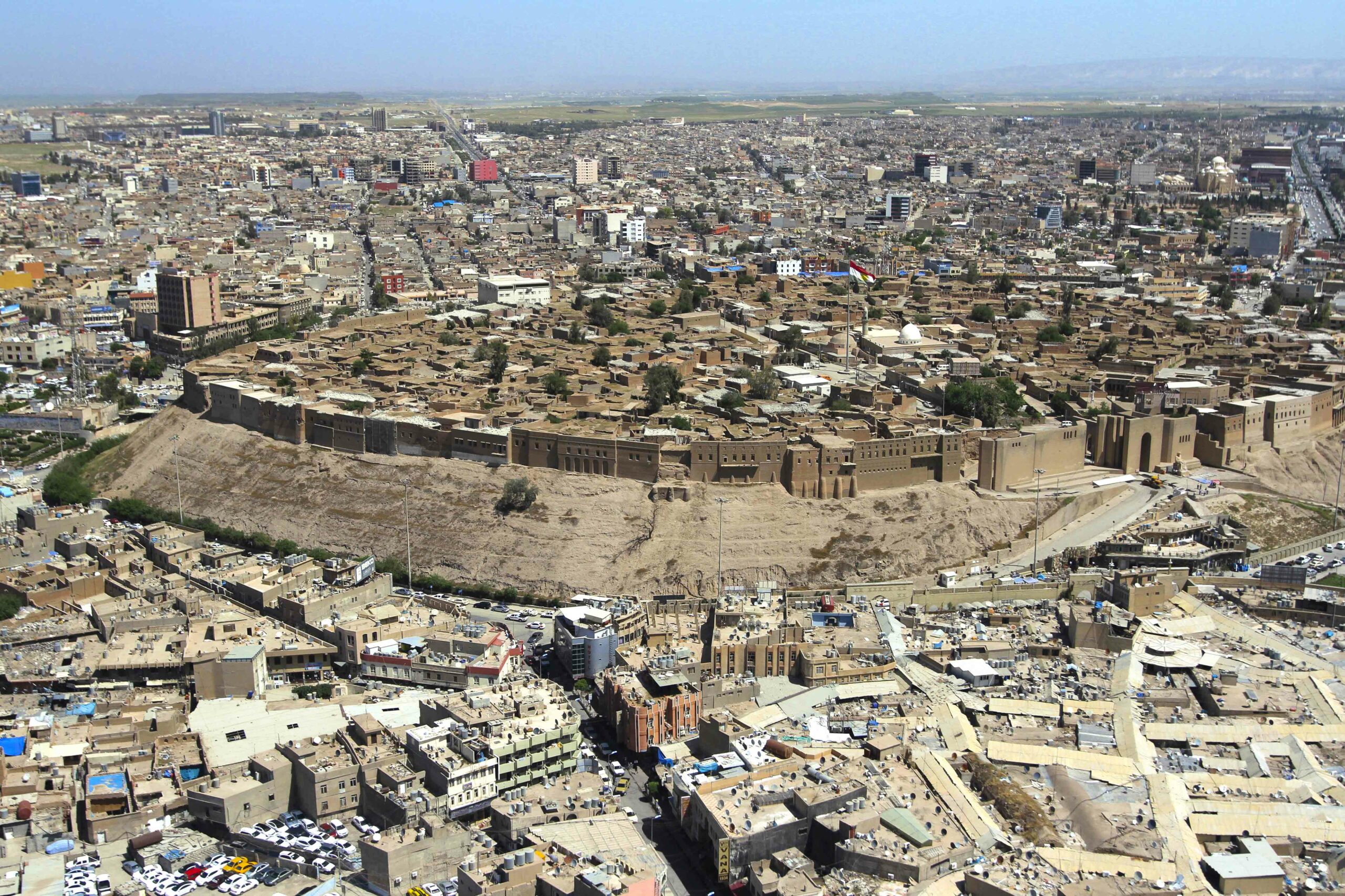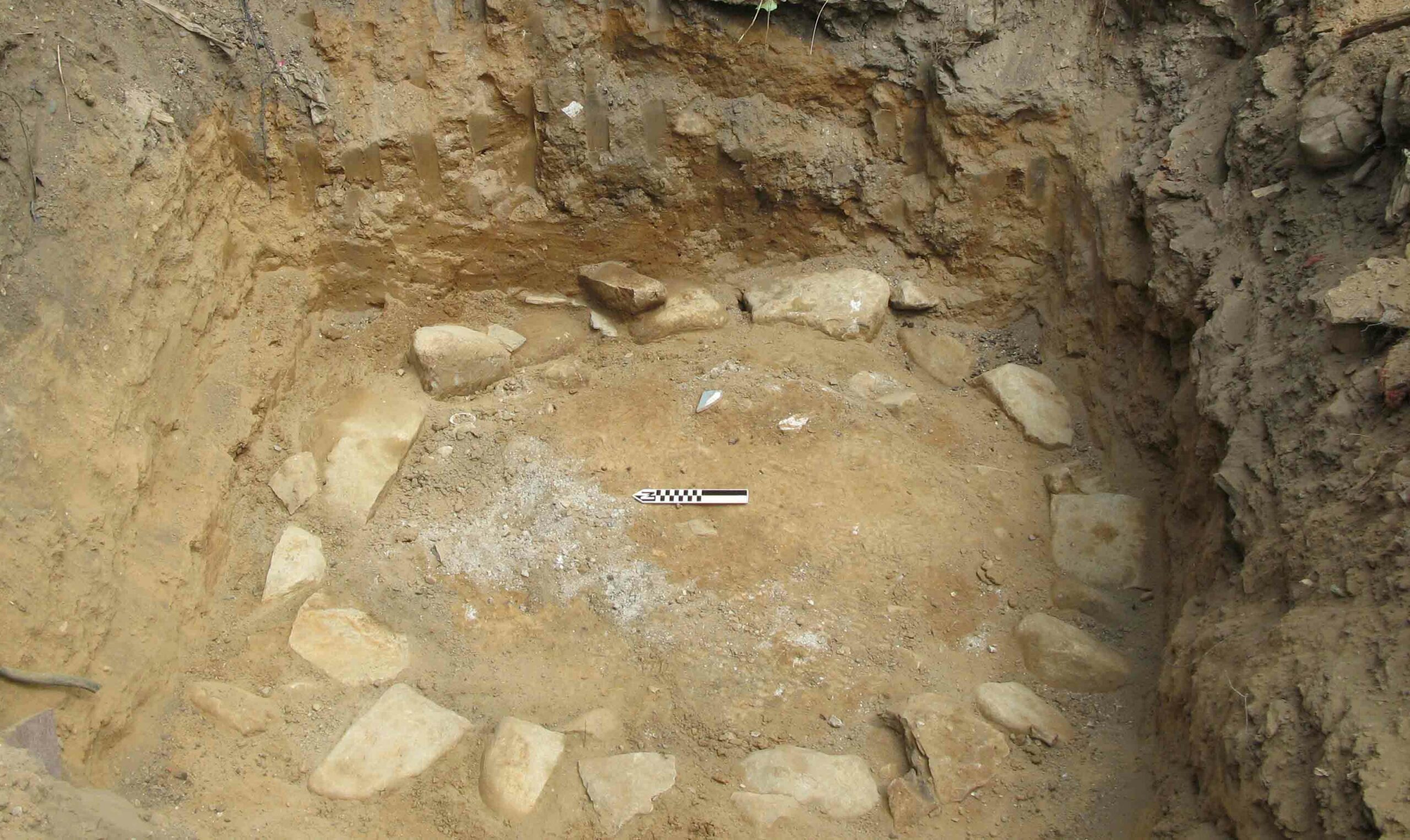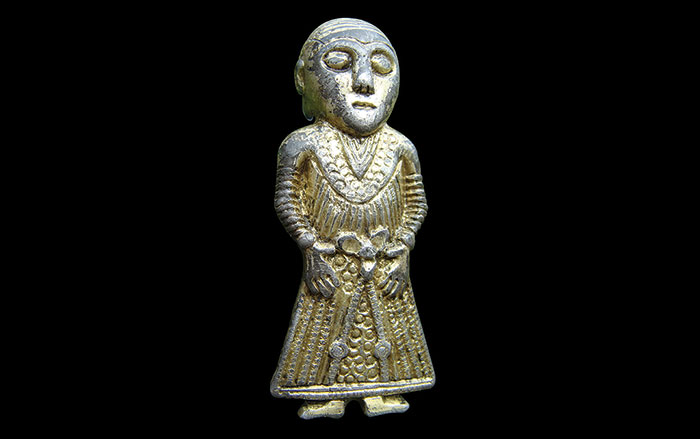
JERUSALEM, ISRAEL—A Latin inscription on a large fragment of a lintel from an arch built to welcome Emperor Hadrian to Jerusalem in 130 A.D. could shed light on the causes of the Bar Kochba rebellion. The stone, erected by Hadrian’s Tenth Roman legion, was discovered in a cistern near Jerusalem’s Old City, where it had been recycled by the Byzantines as a paving stone. “This is another (part in the puzzle) in the historical mystery of what preceded what: the revolt of Bar Kochba or the foundation of the establishment of a city on top of the ruins of Jerusalem named ‘Aelia Capitolina’ and the change of status of Jerusalem to a Roman colony,” archaeologist Rina Avner of the Israel Antiquities Authority told Reuters. The stone places the Tenth Legion in Jerusalem during the period between the Jewish Revolt of A.D. 70 and the Bar Kochba rebellion. The other half of the inscription was unearthed in the nineteenth century by French archaeologist Charles Clermont-Ganneau. “The inscription itself might have set in the top of a free-standing triumphal arch on the city’s northern boundary such as the Arch of Titus in Rome,” Avner explained. To read about a remarkable cache of jewlery dating to the time of the Bar Kochba rebellion, see ARCHAEOLOGY's "Top 10 Discoveries of 2012."


